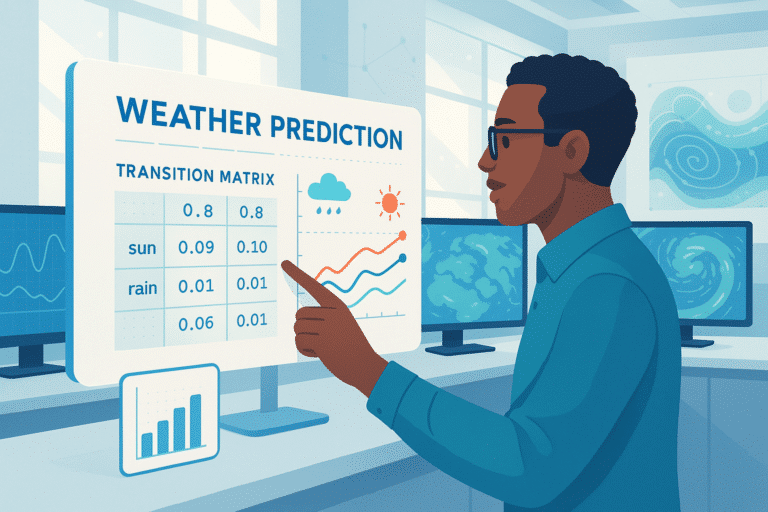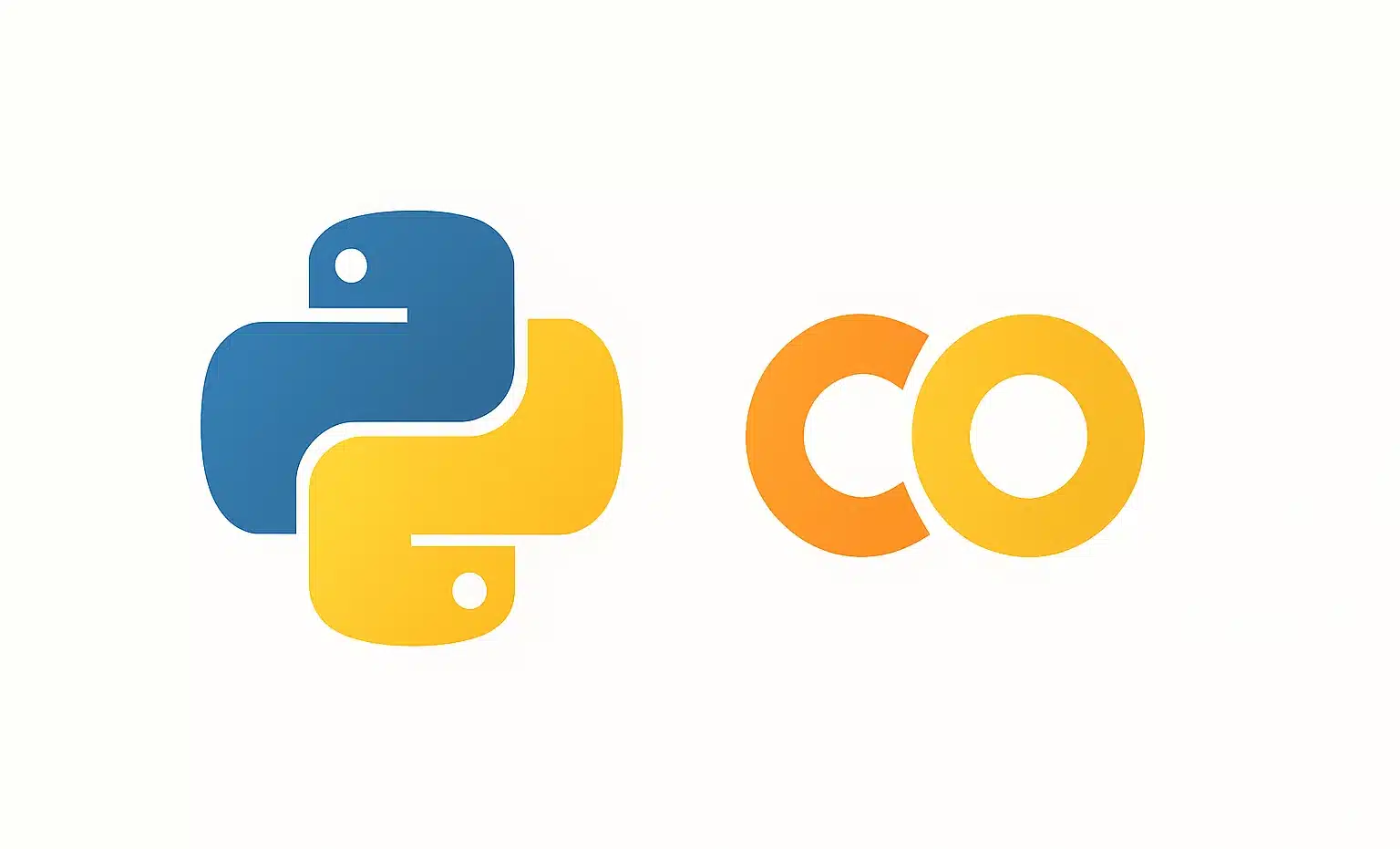Julius AI is a no-code artificial intelligence tool that significantly simplifies data analysis. No more need to code or juggle Excel formulas: the AI understands your queries in natural language and delivers charts, tables, or insights in seconds. Discover how it can revolutionize your data projects!
Excel, CSV, pivot tables… For many, data analysis can be a daunting task. It’s often seen as too complex, too technical, and too time-consuming. Yet, the most effective decisions are based on clear insights drawn from your raw data.
What’s the challenge? Not everyone has access to a Data Analyst. Fortunately, there’s a tool that might change the landscape. Meet Julius AI. Its promise is to turn a straightforward question into a compelling analysis. For instance, simply type “What are my most profitable products this quarter?” and it will reply with a clear chart.
There’s no need to code or even handle formulas: Julius understands your natural language and speaks the language of data. So, how does Julius AI make data analysis as easy as having a conversation, why is it impressive, and why is this just the beginning?
What is Julius AI?
Like a next-generation data assistant, Julius AI does more than just the heavy lifting; it reimagines how you interact with your data. Specifically, Julius connects to your Excel, CSV, Google Sheets, or Airtable files and lets you communicate with them.
Pose a question in natural language, just like with ChatGPT. But instead of producing text, Julius returns analyses: charts, tables, summaries, or forecasts. Here’s a simple example. Upload a sales file and type “show me the monthly sales revenue evolution.” And voilà, the graph is generated!
Ask “who are the top 5 clients of the year,” and Julius gives you a supported top 5. It can even suggest analytical angles you hadn’t considered. The tool acts as an intelligent copilot, transforming your curiosity into results, your intuitions into charts, your data into decisions. Most importantly, it requires no coding whatsoever.
Thus, Julius AI is perfect for anyone who has data but not the time (or desire) to learn Python or SQL.

How does Julius AI work?
Behind its streamlined interface, Julius houses a powerful brain. Its advanced language model (like GPT) can grasp what you’re asking, even if it’s not phrased perfectly. When you ask a question, Julius doesn’t merely search for a pre-made answer. Instead, it generates custom Python or SQL code behind the scenes.
It then performs the analysis and converts the results into a visualization or a clear table. You can even view this code if you wish to understand or modify it. Another key feature is the direct connection to your data. Julius doesn’t require you to copy-paste your tables.
It can connect to your local files or online databases (Google Sheets, Notion, Airtable…). It comprehends columns, data types, formats, and adapts its responses accordingly. And because it leverages generative AI, Julius can also explain the results. It can clarify why a client metric is declining, what trend a chart highlights, or how to enhance a segmentation.
This isn’t just an analysis tool: it’s a data interpreter, which comments, advises, and suggests.
Key strengths of Julius AI
Julius’s strength isn’t only in its technology. It’s the paradigm shift it offers. Say goodbye to countless clicks in Excel, cryptic formulas, and the need to export to R or Python: this AI makes analysis accessible at a prompt’s request.
For those not tech-savvy, it’s a revelation. No need to know how to code to extract powerful insights. You can even request sales forecasts, churn analyses, or pivot tables… without ever handling a script.
For more advanced users, Julius acts as an accelerator. It automates mundane steps, generates reusable code, and allows rapid hypothesis testing. It’s perfect for exploring datasets in just a few minutes!
The icing on the cake: the interface is designed for collaboration. You can comment, share, export. Julius becomes a teammate that facilitates interaction between marketing, product, finance, and even HR teams.
Ultimately, Julius AI doesn’t replace humans. It enhances analytical capabilities, democratizes data access, and frees up time for decision-making.

What Julius AI doesn't do (yet)
As impressive as it is, Julius AI is not a magic bullet. It has its strengths but also limitations. Firstly, the quality of its analysis depends on the quality of your data. If your file is poorly structured, with unclear columns, duplicates, or inconsistent formats, the AI can only do so much without correcting these issues for you. It doesn’t replace good data hygiene.
Moreover, natural language has its limits. A query that is too vague, ambiguous, or poorly constructed can result in inaccurate answers. Even though Julius understands simple intents, it can get confused by complex or nested queries.
Another point to remember is that this tool doesn’t replace a real Data Scientist for advanced modeling, causal analyses, or sensitive predictions. It automates exploration, not advanced research.
Like any AI tool, total transparency isn’t always assured. If you don’t review the generated code, you might miss errors or inaccuracies. It’s wise to remain somewhat critical and check the information provided.
Who is Julius AI for?
Rather than being aimed solely at experienced analysts, Julius AI places advanced analysis into everyone’s hands. Are you a project manager wasting time compiling reports? It generates the KPIs for you in seconds.
Are you a marketer looking to understand your segments or conversions better? It delivers tailored graphs smoothly. Are you an SME without a data department? Julius acts as your virtual analyst.
Even students or freelancers can leverage it to better comprehend datasets, automate tasks, create clear tables for clients, or just save time. In comparison to giants like Excel or Tableau, Julius doesn’t aim to do more. It focuses on simplifying tasks.
It’s a daily utility, a shadow assistant, a copilot that transforms your ideas into concrete answers. Put simply, if you handle data in any capacity, even slightly, Julius is well worth exploring!

Julius AI, simplifying data analysis via no-code AI
Over a few years, data analysis has shifted from specialized jargon to conversational tools. Julius AI exemplifies this transformation: an intelligent assistant that converts Excel files into meaningful visualizations, without writing a single line of code.
To learn how to use it, you can choose DataScientest. Our training in Prompt Engineering and Generative AI will enable you to master the art of prompting, allowing you to clearly formulate your requests to Julius AI and achieve optimal results.
To advance further, consider enrolling in our Data Analyst course to learn not only how to manage automation tools like Julius but also explore the best solutions and advanced data analysis techniques.
Thanks to our project-oriented teaching approach, you will gain practical skills and highly recognized professional certifications. Our training is available as an intensive BootCamp, in work-study, or through a continuous track, 100% online. And good news: they can be funded via the CPF or France Travail. Discover DataScientest!
You now know all about Julius AI. For more information on similar topics, check out our comprehensive article on Excel and our dedicated piece on no-code.










